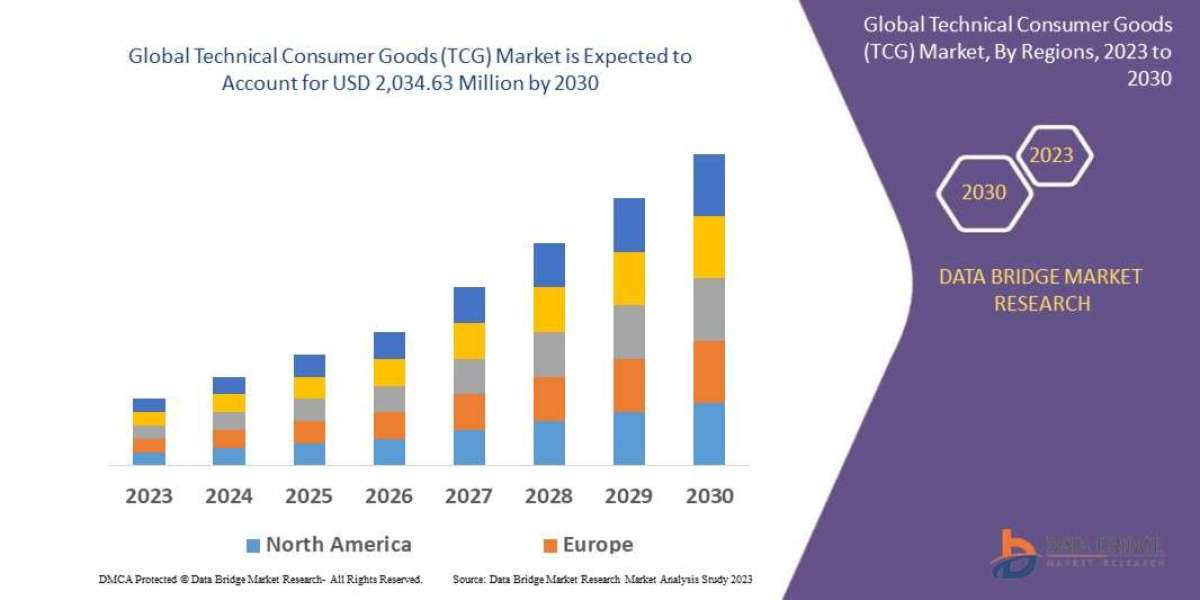Introduction
In today's fast-paced and ever-changing business landscape, accurate demand forecasting is essential for success. It is the cornerstone of efficient supply chain management and plays a pivotal role in optimizing inventory levels, reducing costs, and ensuring customer satisfaction. This blog post explores the world of quantitative methods of demand forecasting and the powerful inventory and demand forecasting software solutions that enable businesses to make data-driven decisions.
Quantitative Methods of Demand Forecasting
Quantitative methods of demand forecasting rely on historical data and statistical techniques to predict future demand patterns. These methods are particularly useful in situations where historical data is abundant and patterns can be identified and analyzed. Let's delve into some of the most commonly used quantitative methods:
Time Series Analysis:
- Time series analysis involves studying data collected over a specific period to identify patterns and trends.
- Techniques such as moving averages, exponential smoothing, and decomposition help in making forecasts based on historical data.
- Time series forecasting assumes that future demand will follow the same patterns observed in the past.
Regression Analysis:
- Regression analysis establishes relationships between demand and other variables, such as price, advertising expenditure, or economic indicators.
- Multiple linear regression and nonlinear regression models are used to estimate demand based on the impact of these variables.
- Regression analysis helps in understanding the factors influencing demand and making predictions accordingly.
Exponential Smoothing:
- Exponential smoothing is a time series forecasting method that assigns different weights to historical data points, with more weight given to recent data.
- This method is particularly useful when there is a need to respond quickly to changes in demand trends.
- Exponential smoothing can be adjusted to give more or less weight to recent data, depending on the desired level of sensitivity to changes.
Box-Jenkins (ARIMA) Model:
- The Autoregressive Integrated Moving Average (ARIMA) model is a powerful time series forecasting technique.
- It combines autoregressive (AR) and moving average (MA) components with differencing to model and forecast time series data.
- ARIMA is suitable for data with complex patterns and trends.
Machine Learning Algorithms:
- Machine learning algorithms, such as neural networks, decision trees, and random forests, are increasingly used for demand forecasting.
- These algorithms can handle large and complex datasets and are capable of identifying nonlinear relationships and patterns.
- Machine learning models require training on historical data to make accurate predictions.
Inventory Forecasting Software
Accurate demand forecasting is only as good as the tools and software used to implement it. Inventory forecasting software has become indispensable for businesses aiming to optimize their supply chains. These software solutions offer a range of features to support the demand forecasting process. Here are some notable inventory forecasting software options:
Oracle NetSuite:
- Oracle NetSuite is a comprehensive cloud-based Enterprise Resource Planning (ERP) system that includes robust inventory forecasting capabilities.
- It offers real-time visibility into inventory levels and demand, enabling businesses to make informed decisions.
- NetSuite's forecasting module leverages quantitative methods and statistical algorithms to generate accurate predictions.
SAP Integrated Business Planning (IBP):
- SAP IBP is part of the SAP Business Technology Platform, designed to help organizations with end-to-end supply chain planning, including inventory forecasting.
- It integrates with various data sources and employs quantitative methods to model demand and optimize inventory levels.
- SAP IBP's advanced analytics and machine learning capabilities enhance forecasting accuracy.
IBM Planning Analytics:
- IBM Planning Analytics is a robust solution for inventory forecasting and supply chain optimization.
- It combines quantitative methods with scenario modeling and collaborative features.
- The software's predictive analytics capabilities help businesses make data-driven decisions about inventory levels.
Demand Solutions DSX:
- Demand Solutions DSX is a cloud-based inventory forecasting software known for its simplicity and effectiveness.
- It uses quantitative methods and statistical algorithms to generate demand forecasts.
- Demand Solutions DSX also offers inventory optimization features to help businesses reduce excess stock and minimize carrying costs.
Demand Forecasting Software
Demand forecasting software is a specialized category of software solutions that focuses exclusively on predicting future demand patterns. These tools are essential for businesses that want to fine-tune their forecasting processes. Here are some notable demand forecasting software options:
ForecastX:
- ForecastX is a demand forecasting software developed by John Galt Solutions.
- It offers a range of quantitative methods, including time series analysis and regression analysis.
- ForecastX provides automated forecasting and integrates with popular spreadsheet software like Microsoft Excel.
JDA Demand Planning:
- JDA Demand Planning is part of the broader JDA Software suite, which specializes in supply chain management.
- This software offers advanced quantitative methods for demand forecasting and scenario modeling.
- JDA Demand Planning helps businesses improve demand visibility and optimize inventory.
GMDH Streamline:
- GMDH Streamline is a demand forecasting software that emphasizes simplicity and accuracy.
- It employs advanced quantitative methods and machine learning algorithms to generate forecasts.
- GMDH Streamline offers an intuitive interface and supports collaborative forecasting.
Llamasoft Demand Guru:
- Llamasoft Demand Guru is a cloud-based demand forecasting software.
- It leverages quantitative methods and machine learning to create accurate demand forecasts.
- Demand Guru provides visibility into demand variability and helps businesses optimize inventory levels.
Challenges and Considerations
While quantitative methods of demand forecasting and inventory forecasting software offer powerful tools for businesses, several challenges and considerations must be addressed:
- Data Quality: The accuracy of forecasts heavily depends on the quality of historical data. Inaccurate or incomplete data can lead to unreliable predictions.
- Model Selection: Choosing the right quantitative method or algorithm requires a deep understanding of the data and the business context.
- Integration: Integrating forecasting software with existing systems and data sources can be complex and requires careful planning.
- Expertise: Implementing quantitative methods and software effectively often requires expertise in data analysis and forecasting techniques.
- Continuous Improvement: Demand patterns change over time, so ongoing monitoring and refinement of forecasting models are essential.
Conclusion
Quantitative methods of demand forecasting and advanced inventory and demand forecasting software have revolutionized the way businesses make critical decisions about their supply chains. These tools enable organizations to harness the power of historical data and statistical techniques to predict future demand patterns accurately.
By leveraging the right quantitative methods and software solutions, businesses can optimize inventory levels, reduce costs, and ensure customer satisfaction. In today's competitive business environment, mastering demand forecasting is not just an option; it's a necessity for sustainable growth and success.
As technology continues to evolve, the world of demand forecasting and inventory management will undoubtedly see further advancements. Businesses that remain agile and embrace data-driven decision-making will be well-positioned to navigate the complexities of modern supply chains and meet the demands of an ever-changing market.
Predict your sales volume and demand trends with our Artificial Intelligence-based SaaS platform visit: https://thousense.ai/



